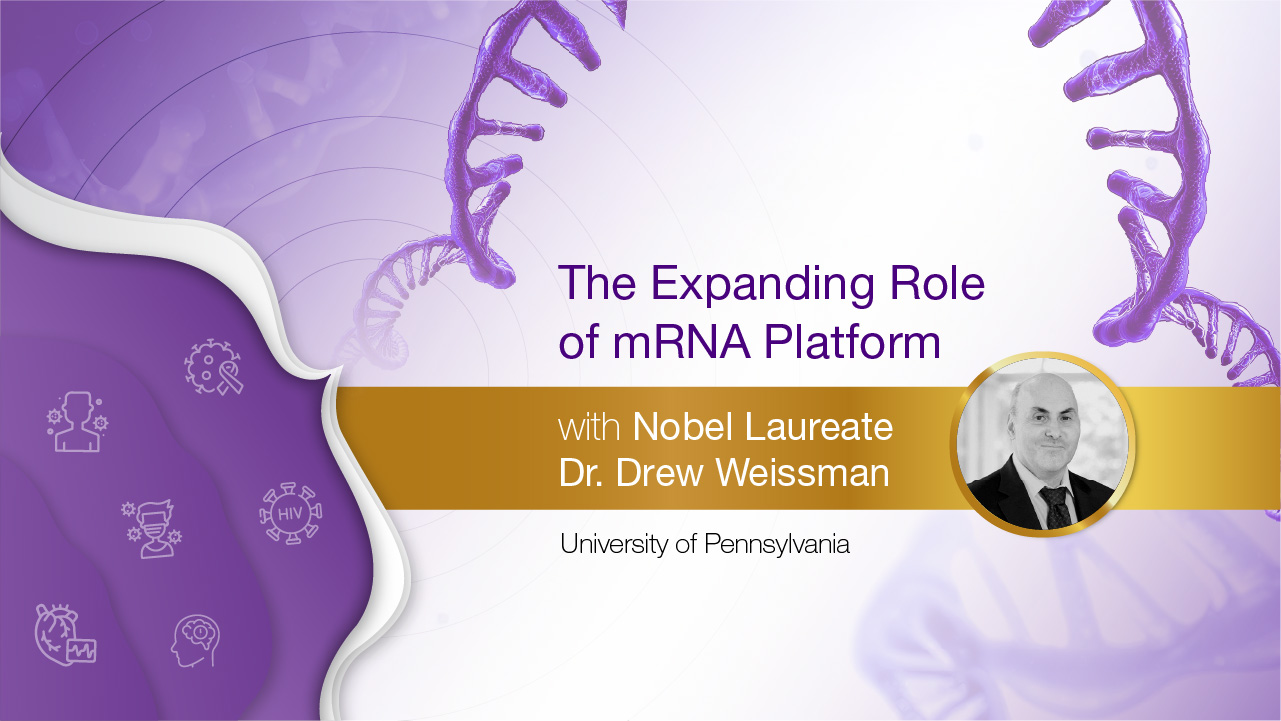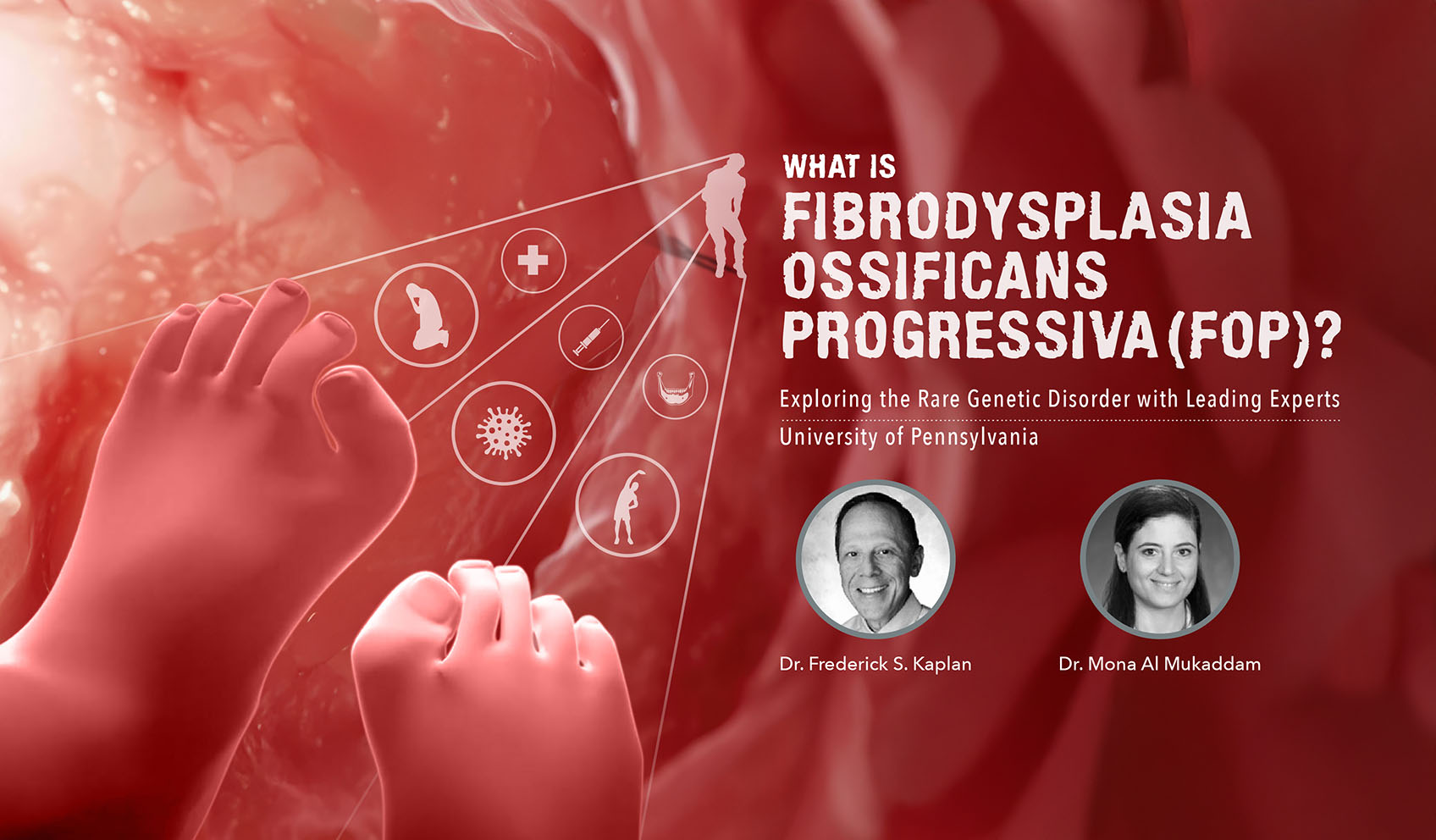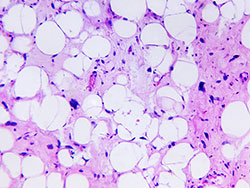Sort by 'likes'
What’s New in Multiple Myeloma Management?
Multiple myeloma is diagnosed in over 100,000 patients each year worldwide. The FDA recently granted accelerated approval to Teclistamab, the first bispecific B-cell maturation (BCMA)-directed CD3 T-cell engager. buy prednisone online https://rxxbuynoprescriptiononline.com/buy-prednisone.html no prescription pharmacy The therapeutic armamentarium for myeloma…
Advances in Parkinson’s Disease Management
Parkinson's disease is a neurological disorder that affects the ability of a person to control body movements. It is caused by loss of nerve cells in the region of the brain that produces the neurotransmitter dopamine. Dopamine, the messenger between…
Myeloma: 2016 Year in Review and Outlook for 2017
The treatment options for myeloma continued to evolve in 2016 with new agents, immune based therapies and repurposing of existing approved agents. High-dose therapy and autologous stem cell transplantation remain the backbone of upfront treatment in myeloma. buy zocor online…
Making Infertility Treatments Affordable – Insurance Policies Related to Benefits
Soaring costs of infertility treatments and preservation burn holes in the pockets of patients already dealing with the emotional upheavals of it. Insurance coverage for infertility treatment is scarce and confusing, and is important to thoroughly understand the covered benefits…
Post-Transplant Outcomes in High Risk Multiple Myeloma
Treatment of patients with myeloma has changed dramatically in the past years due to development of new agents and myeloma specific targets. Despite these advancements, long term benefits remains less clear in high-risk multiple myeloma patients. Myeloma is classified as…










